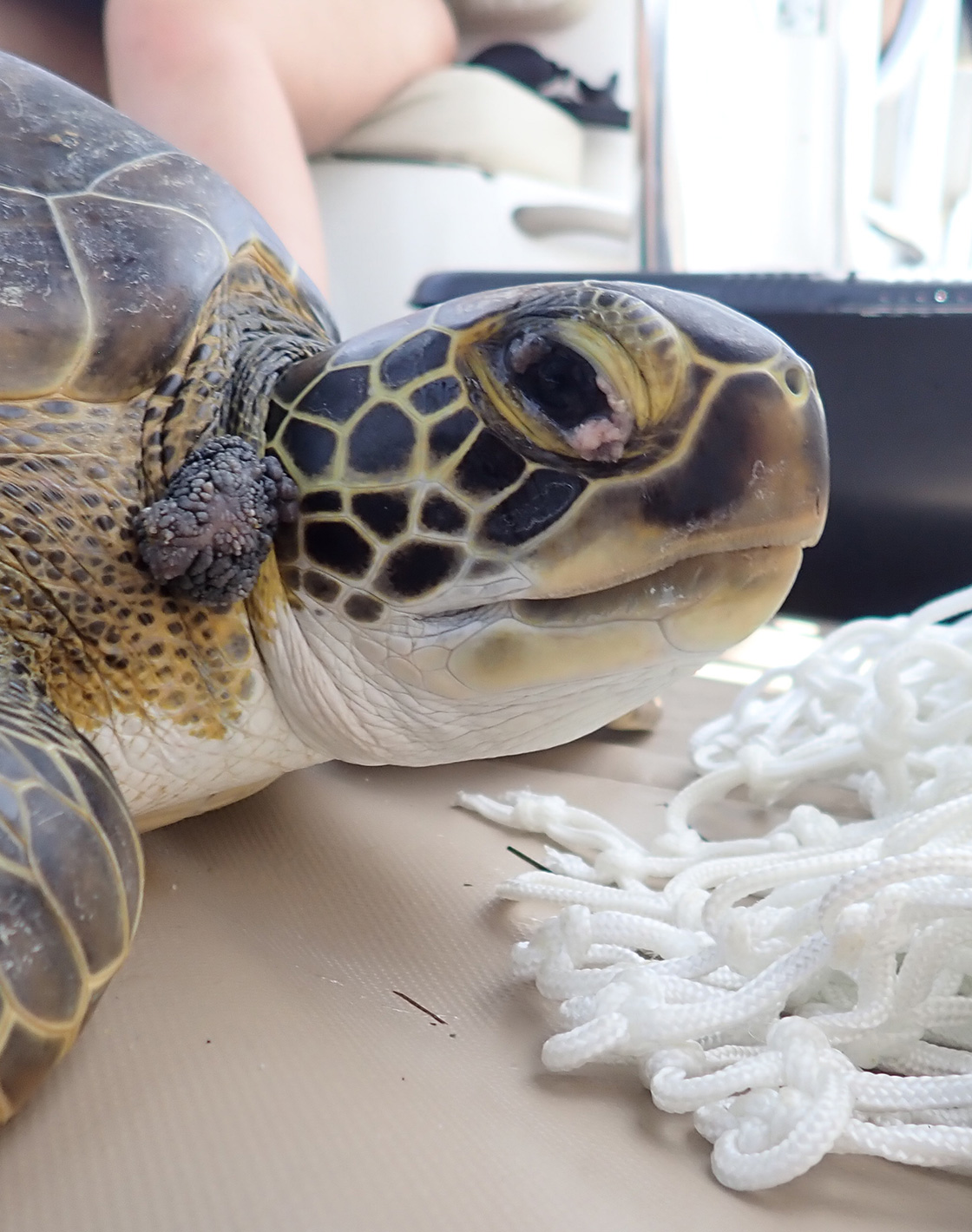Water Quality

The Problem: Water quality is affected by chemical run-off that makes it to the sea. The ocean, while it seems so vast, had long been a dumping ground for much of the waste produced on land. From solids to chemicals and even nuclear products, waste has been dumped in the ocean with the mindset that it will eventually disperse and become harmless. It is not harmless though, and can become even more concentrated and dangerous after entering the food chain. Dumping of most chemical waste was outlawed by the London Dumping Convention in 1972, and an amended treaty in 1996 further restricted what could be dumped in the ocean. Even when humans aren't directly dumping waste into the oceans though, toxic chemicals are still making their way to the sea. Fertilizers, pesticides and other products often make it to waterways through chemical run-off. These chemicals can seep into the soil and travel for long distances, eventually reaching the oceans where they can be carried by currents.
 In coastal areas, fertilizer run-off is a huge problem. Too many nutrients in the fertilizer can cause eutrophication, or algae blooms that deplete the water's dissolved oxygen and suffocate other marine life. Eutrophication has created dead zones in different parts of the world, including the Gulf of Mexico and the Baltic Sea.
In coastal areas, fertilizer run-off is a huge problem. Too many nutrients in the fertilizer can cause eutrophication, or algae blooms that deplete the water's dissolved oxygen and suffocate other marine life. Eutrophication has created dead zones in different parts of the world, including the Gulf of Mexico and the Baltic Sea.
Another problem affecting water quality is Fibropapillomatosis which is a condition characterized by the presence of fibropapillomas, neoplasms consisting of both the epidermal and dermal skin layers. Fibropapillomatosis is a disease specific to sea turtles which has become increasingly prevalent in Green sea turtle populations around the world. It is predominantly seen in warmer regions such as the Caribbean, Hawaii, Australia, and Japan. It can also be associated with areas that have poor water turnover, particularly where human waste enters the waterways.
View animation about the Threat of Poor Water Quality on Sea Turtles.
Species Affected: All species of sea turtles are affected by poor water quality by toxic chemicals. Fibropapillomatosis predominately affects juvenile green turtles.
The Solution: Education is important to solving marine pollution. The public can get involved in this issue by:
* Following local codes enforcing fertilizer bans near waterways;
* Using less chemical fertilizers, opting for natural compost instead;
* Buying organically produced food and products;
* Get informed about local waste disposal to ensure that untreated waste water isn't introduced to natural waterways and oceans.
Case Study: “Within the past decade, sea turtles in Florida Bay and the surrounding waters have shown signs of disease caused by toxic chemicals. Hundreds of turtles have been found dead or dying, some with massive tumor growths on their skin, covering their heads, necks and legs. It is thought that these growths are caused by a virus that attacked the turtles because of their lowered immunity system, which was in turn caused by pollution such as runoff from farmland or inadequate food when sea grasses died off. Some of these turtles have been saved by placing them in aquariums for months to build up their immune systems. Because of the increasing number of sick turtles seen, however, and the other problems that these sea turtles face, many scientists now believe that within 50 years, sea turtles will have disappeared from Southeastern waters.” (http://www.endangeredspecieshandbook.org/aquatic_toxic4.php)
Related links:
* Problems: Ocean Pollution
* Endangered Species Handbook
Seamore






